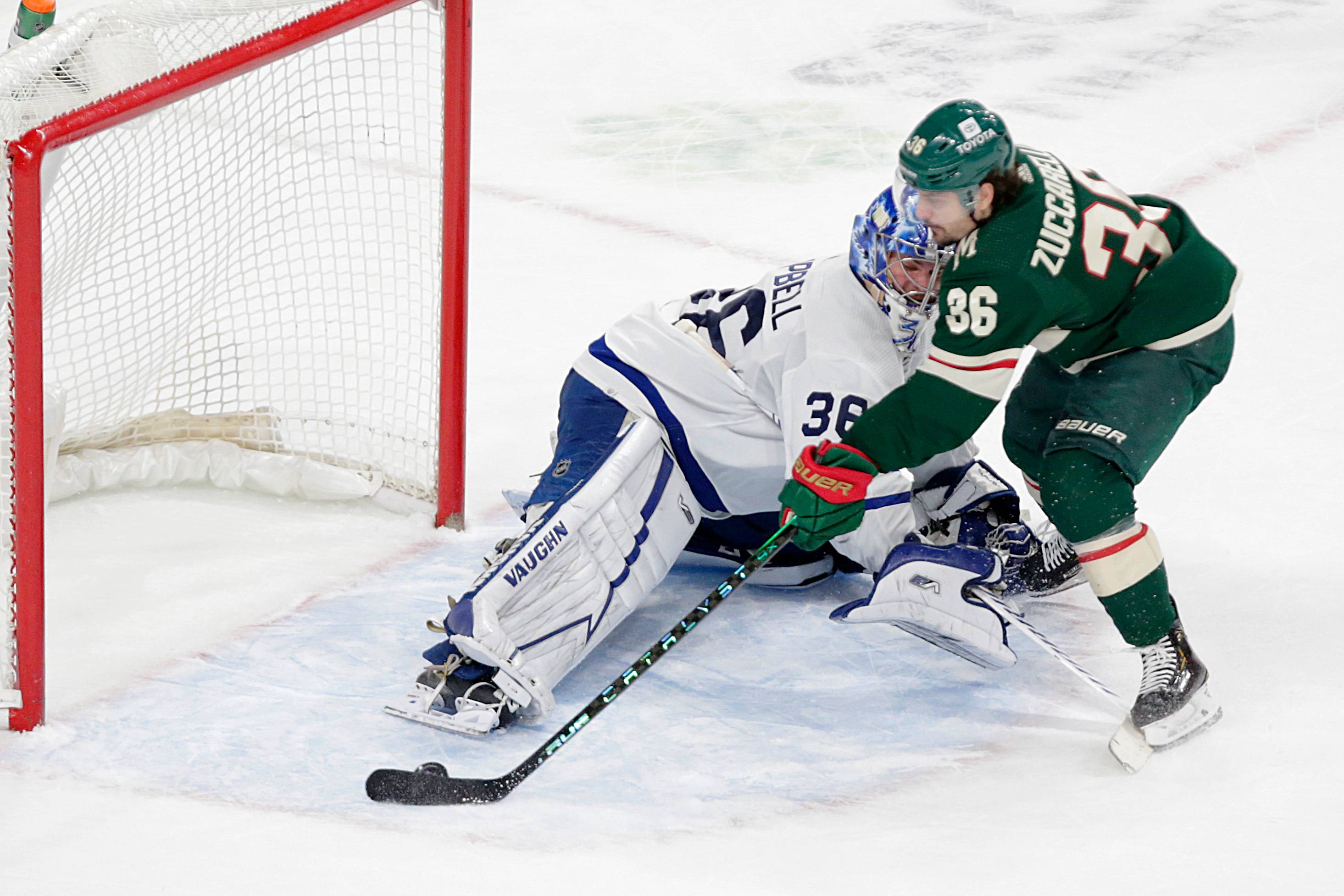
Credit: Andy Clayton-King / AP
Should NHL Get Rid of the Shootout?
Published: Thursday, December 5, 2024
by Jeremy Son
What is a Shootout in the NHL?
A shootout occurs when a regular-season NHL game remains tied after the five-minute, three-on-three overtime period. Overtime was first introduced in the NHL in 1921 with a 20-minute, five-on-five period. This was reduced to 10 minutes in 1927 and further trimmed to five minutes in 1983. Over the years, the league adjusted overtime rules several times, including the elimination of overtime in 1928 and its removal from regular-season play in 1942.
For decades, regular-season games could end in a tie. That changed in 2005, following the 2004–05 lockout when the NHL introduced the shootout to determine a winner in tied games. The most recent change to overtime came in 2015 when the league adopted the current three-on-three format.
The Problem with Shootouts
While the shootout provides excitement, it has sparked debate. One issue begins in the three-on-three overtime, where puck possession often dictates the game. Teams that lose the opening faceoff may never touch the puck again before the period ends. Overtime can devolve into teams repeatedly regrouping outside the offensive zone until they find a scoring opportunity.
One proposed solution is to implement a shot clock to limit possession time. In the Kontinental Hockey League (KHL) junior leagues, a new rule prohibits teams from retreating to their half of the ice during overtime. Teams violating the rule twice are assessed a minor penalty. If the NHL adopts a similar rule, it could create more continuous action and discourage teams from stalling to reach a shootout, especially if they have stronger shootout specialists.
How a Shootout Works
In a shootout, the home team decides whether to shoot first or second. Players cannot serve penalties during a shootout. Each team alternates shooters until a winner is determined. The shooter begins at center ice and must keep the puck moving forward. If the puck moves backward, the attempt is no goal.
Each team submits three players for the initial round, with each player shooting once. If the score remains tied, any eligible player may shoot again in subsequent rounds until a winner is declared.
Fan Perspectives
Many hockey fans dislike the shootout, viewing it as a random and less team-oriented way to decide games. While each team earns one point for reaching overtime, shootout outcomes can significantly impact standings, often leading to frustration.
Despite criticism, shootouts offer entertainment value, particularly for new fans who enjoy watching players showcase their individual skills. In playoff games or tournament settings, shootouts can create intense emotions, but they are not used in the Stanley Cup Playoffs, where games are decided by continuous overtime. Some argue that using shootouts in the regular season diminishes its importance compared to the playoffs.
Why the NHL Keeps Shootouts
Though traditional fans may prefer eliminating shootouts, the NHL continues to use them because they appeal to younger audiences and casual fans. The shootout’s fast-paced, high-skill format provides an exciting spectacle, making it a valuable marketing tool for the league.
Ultimately, shootouts are fun for occasional viewers but can frustrate dedicated fans who value team play over individual skill.
Jeremy Son can be reached at jeremy.son@student.shu.edu.Posted in: sports,

